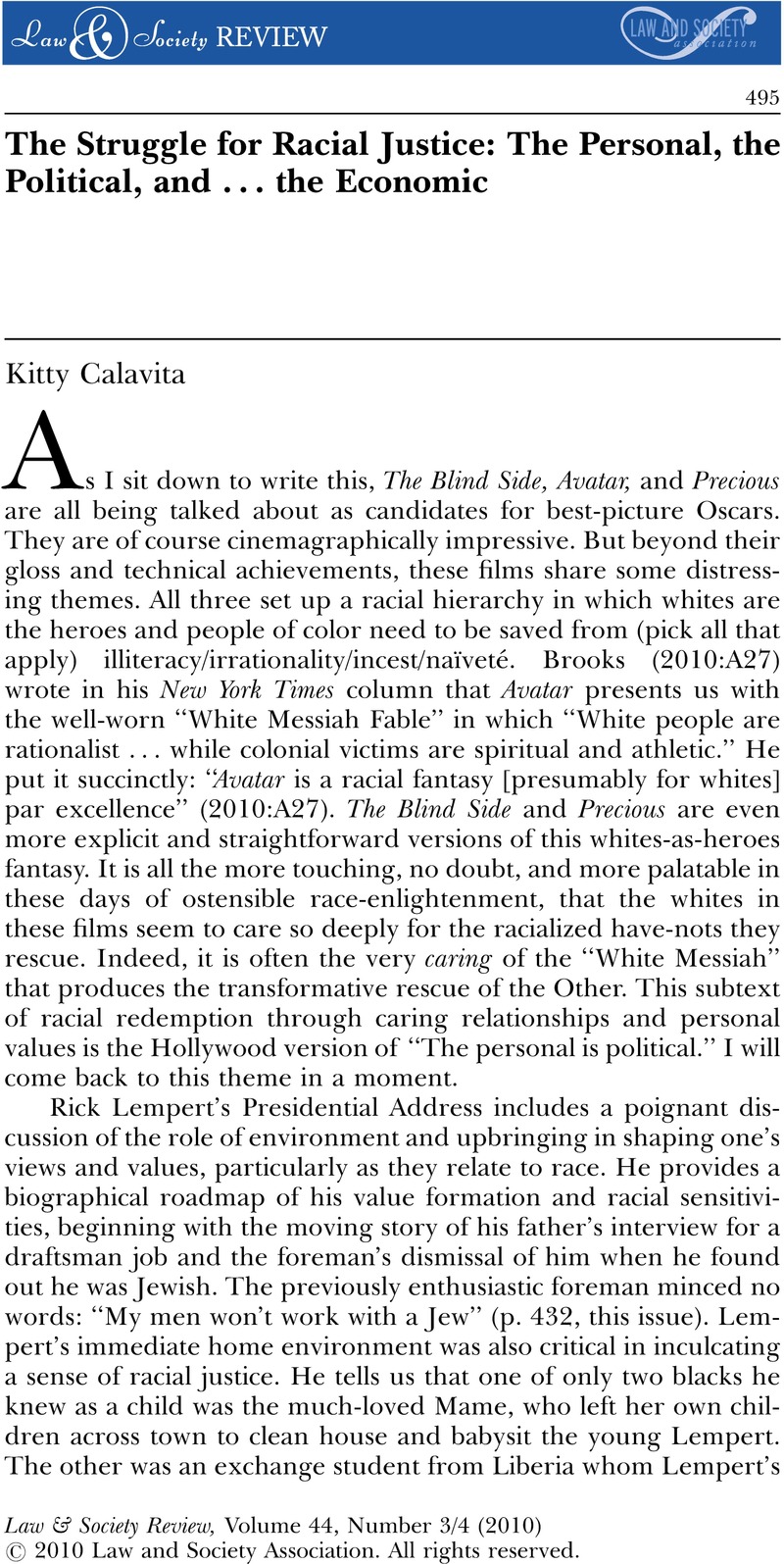Crossref Citations
This article has been cited by the following publications. This list is generated based on data provided by Crossref.
Richards, Tara N.
Branch, Kathryn A.
Fleury‐Steiner, Ruth E.
and
Kafonek, Katherine
2017.
A Feminist Analysis of Campus Sexual Assault Policies: Results from a National Sample.
Family Relations,
Vol. 66,
Issue. 1,
p.
104.


